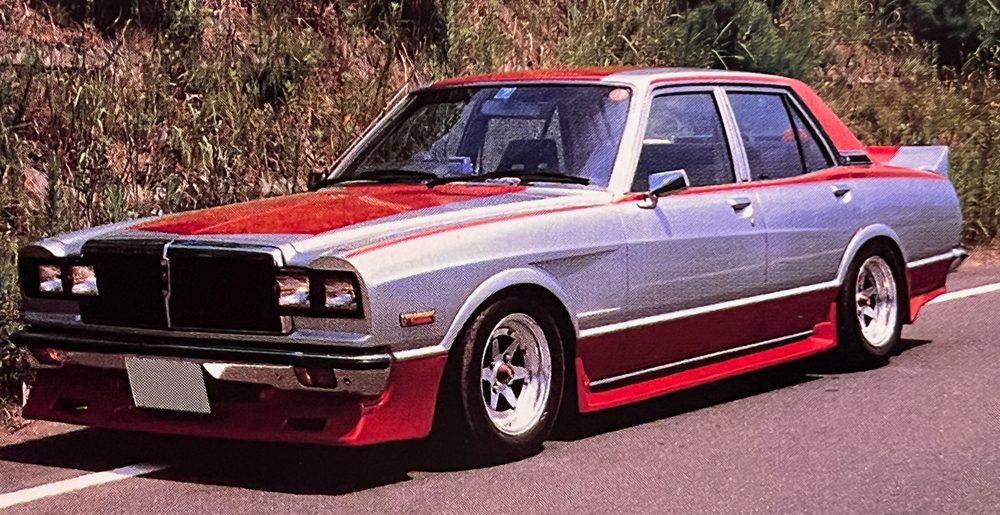

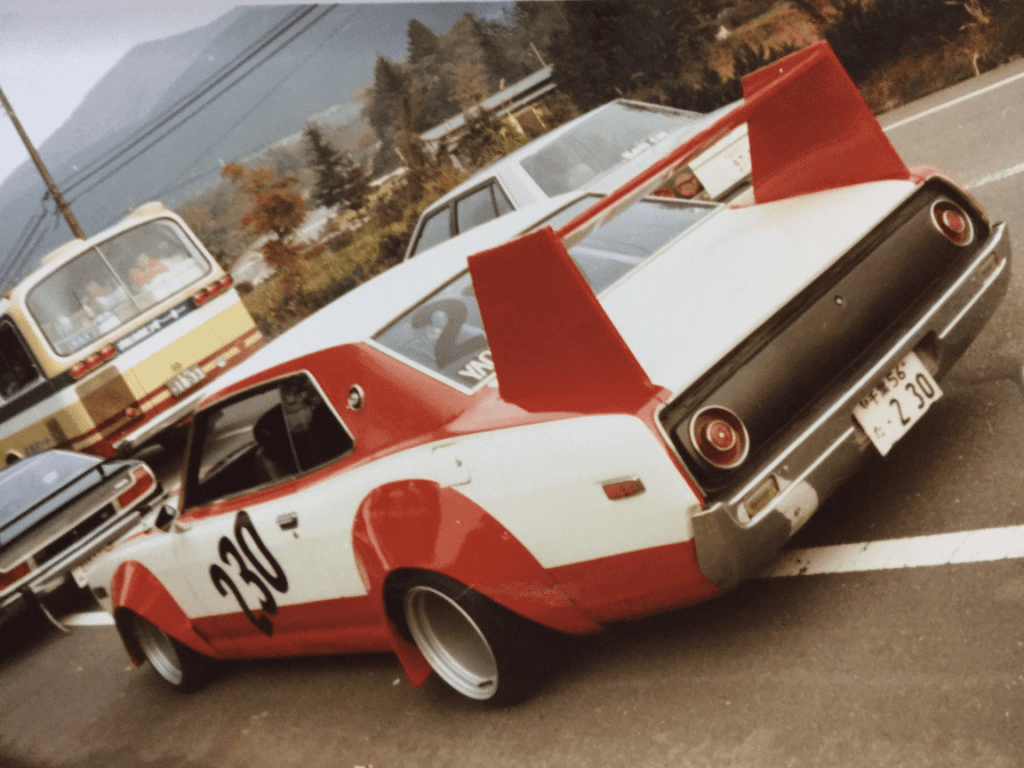
A “kaido racer” or “highway racer” is a vintage car subculture in Japan. Starting in the late ’70s and gaining popularity in the early ’80s Japan’s counter-culture youth started customizing their cars similar to race cars at the time. At first it was simple modifications like wheels designed to look like racing wheels with racing slicks mounted to them. Then it was custom paint jobs and racing numbers. These cars would then be published in magazines like Holiday Auto in their reader submission photo column called “Oh MY! Kaido Racer!” (Oh MY! 街道レーサー).

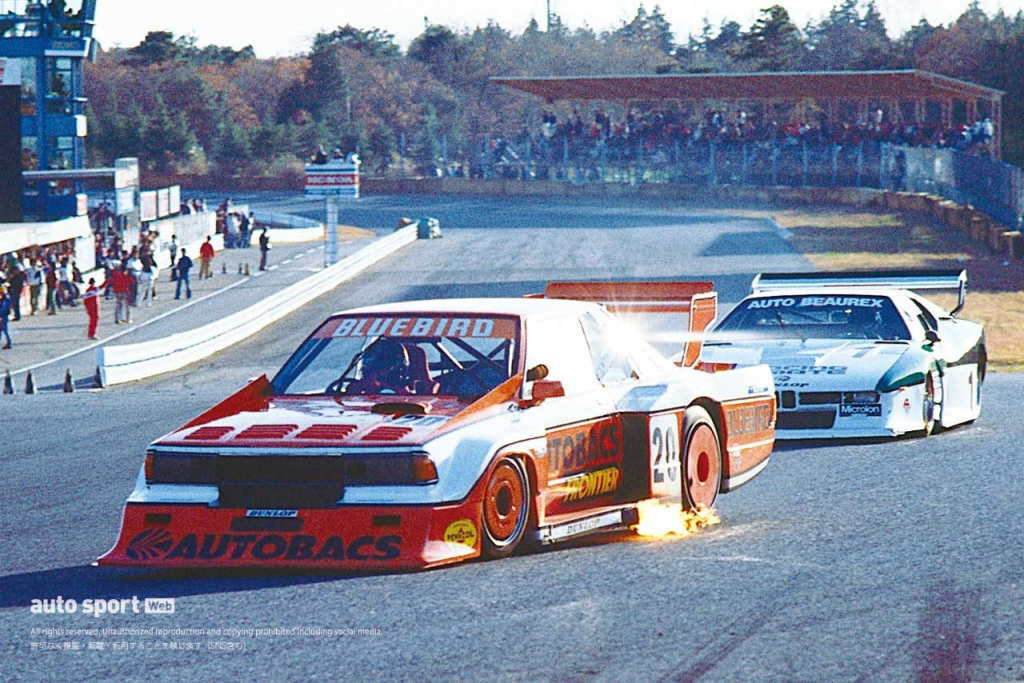
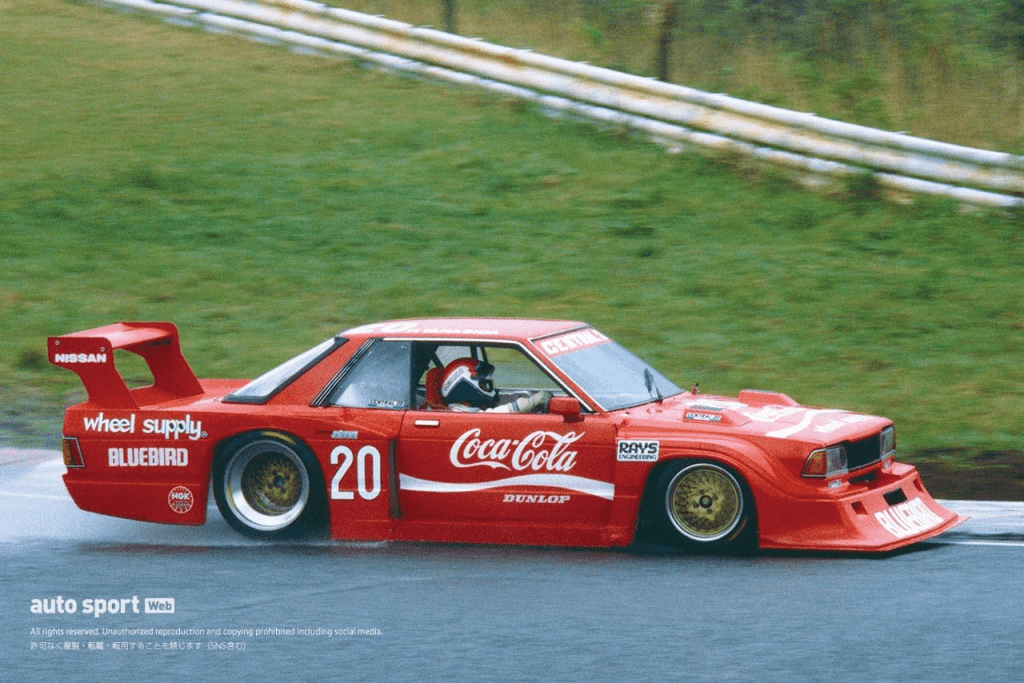
Some of them would meet up at Fuji Speedway for Grand Championship races. They would modify their cars to look similar to the Super Silhouette (Group 5 of the FIA) race cars. These style would be known as grachan after the shorthand name for the Grand Championship races.

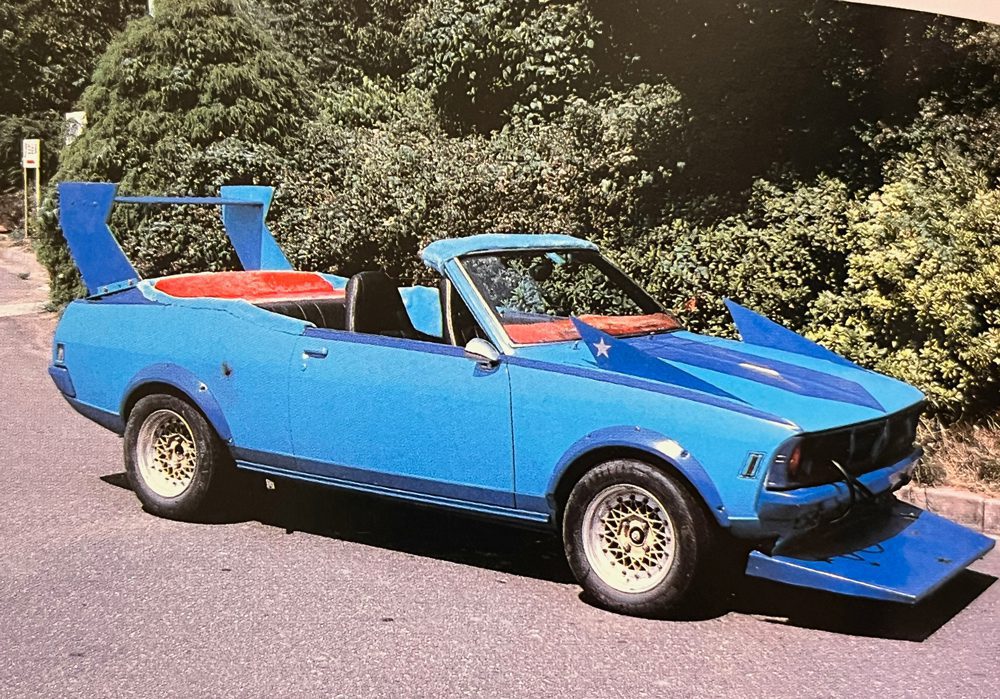
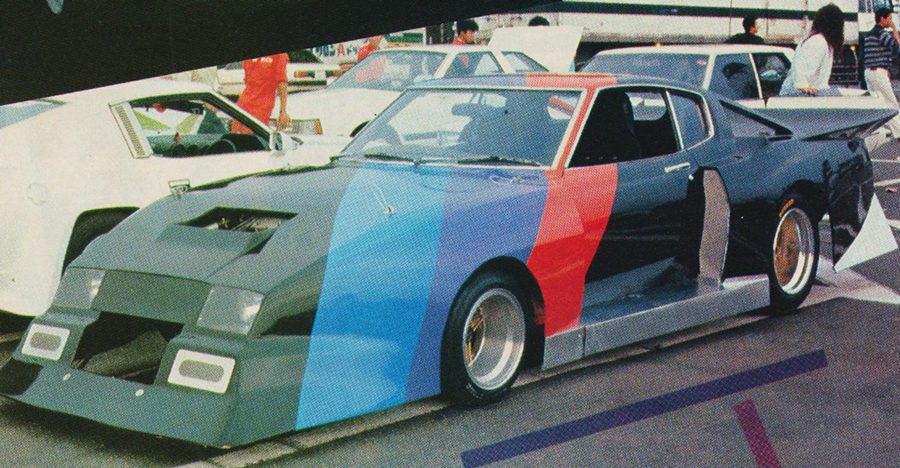
Each year people that were into this style would slightly push the envelope into building more unique out there cars. People in other regions of Japan would notice what was going on in the Tokyo area and would also create regional styles of kaido racers.

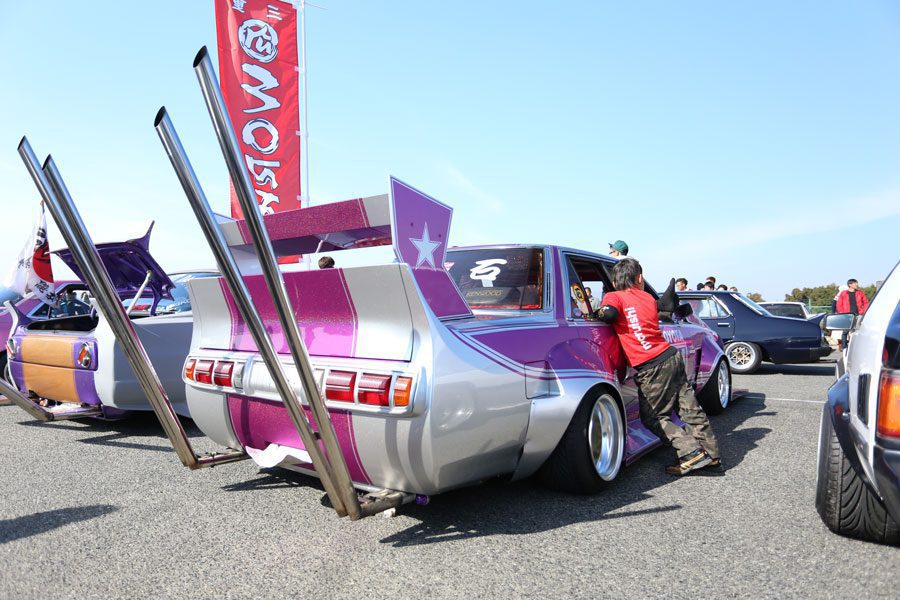
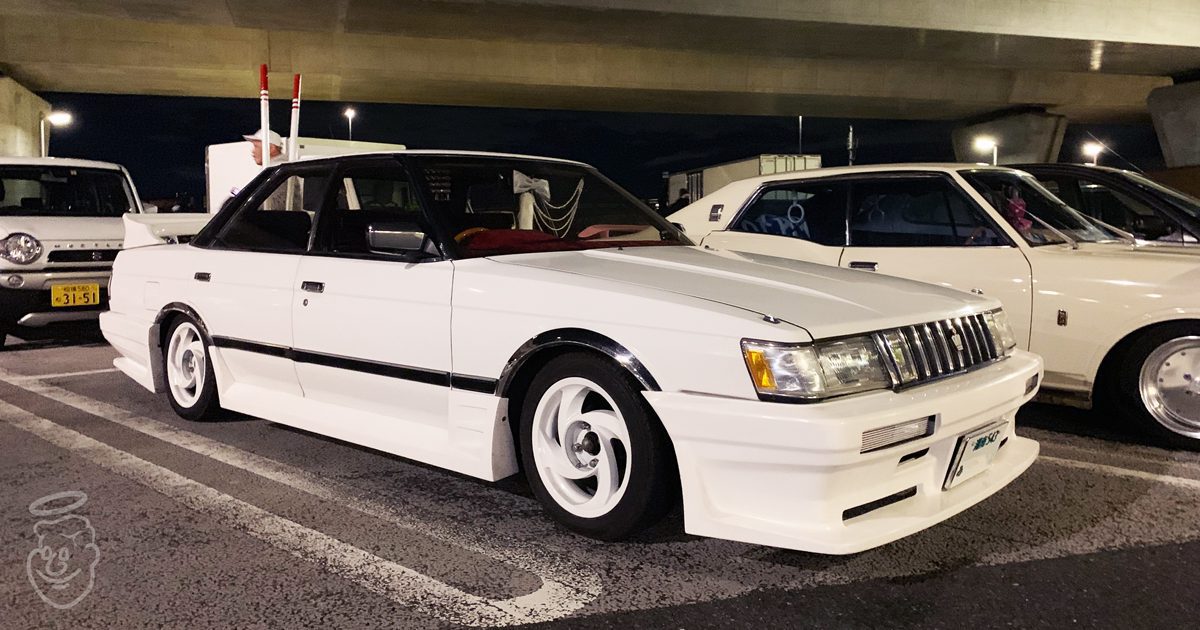
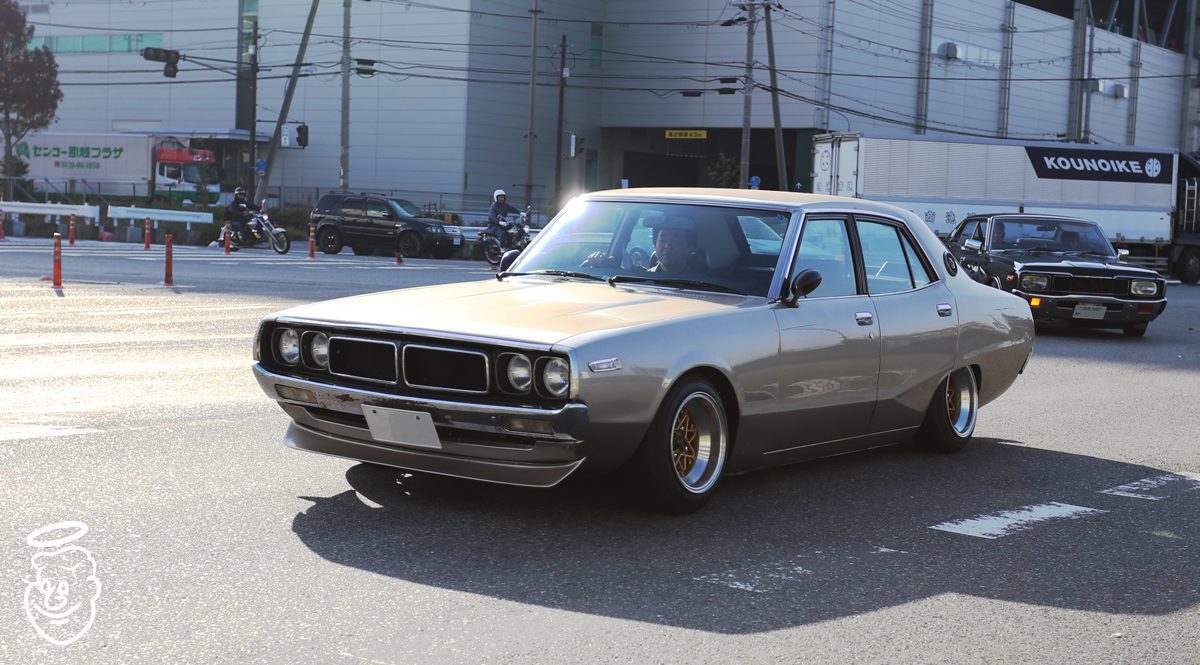
Fukuoka would be known for their long hood and brightly colored cars. Chiba & Ibaraki (Chibaragi) would be known for their Super Silhouette look with long front splitters (deppa), long exhaust (takeyari), and over fenders (works fenders). Hokkaido would be known for their super hot rod style cars with lifted rear ends and by the 90s and 2000s for their long hood and brightly colored event cars. Other styles would also appear in the late 80s and early 90s like Haiso (High Socioty). Haiso would be the precursor to VIP styling, where clean luxury cars of the 1980s would have the nicest parts installed. Even very simple cars with wheels and being slightly lower can fall under the kaido racer umbrella.
Kaido racers are still being built today in Japan, but not to the degree that there was in the early 1980s to 1990s.
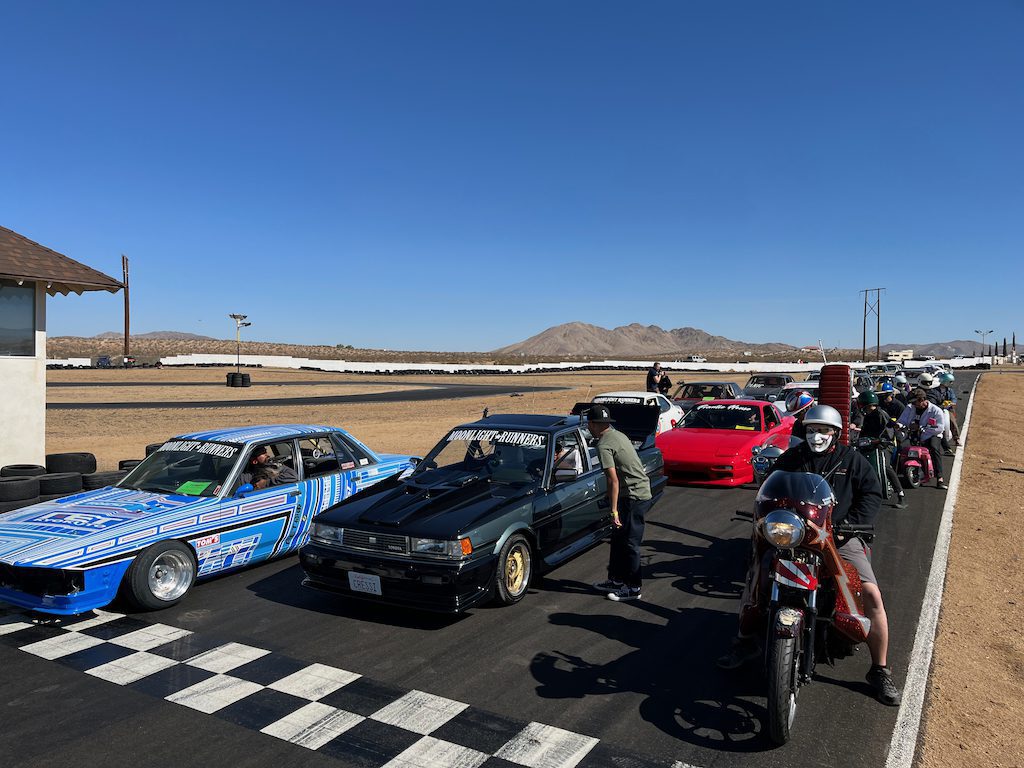
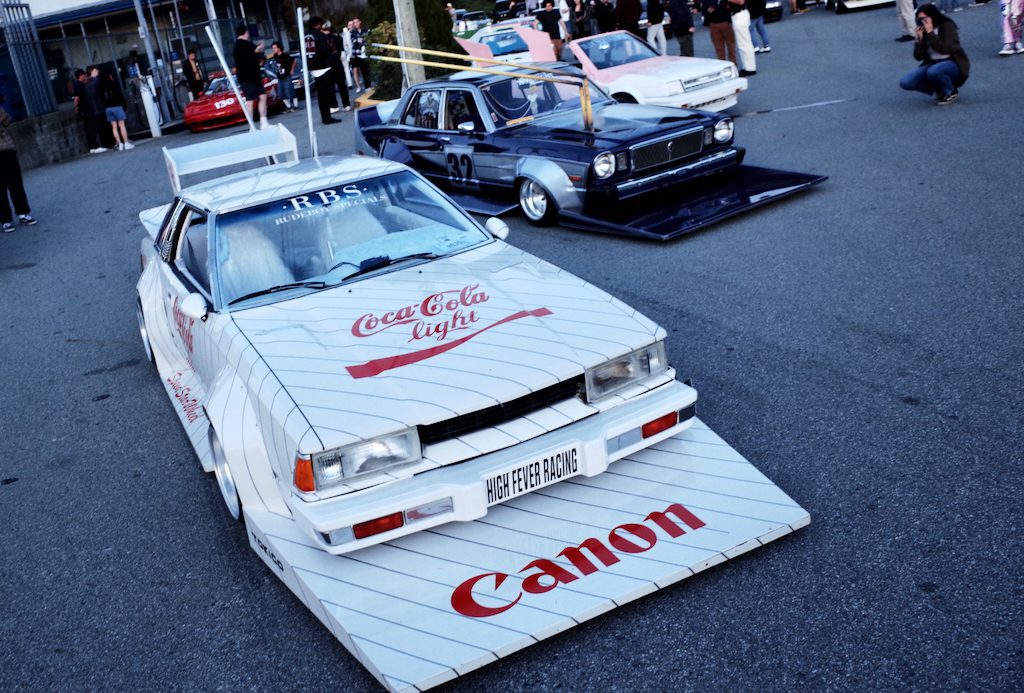
In the past 15 or so years, this style has gained traction in North America and worldwide with the use of car blogs and Instagram.